Section Summary
- Over 1,000 hospitals registered for participation in the study, with over 1,800 total units represented.
- Over 71 percent of registrants were adult ICUs. However adult non-ICUs (24 percent) and pediatric units (5 percent) also registered.
- Almost 30 percent of hospitals with an ICU in the United States participated in the initiative.
A total of 1,081 unique hospitals registered for the improvement project comprised of 1,821 total registered units (Figure 1). Forty-four States, the District of Columbia, and Puerto Rico registered hospitals and units in at least one of the six cohorts. Although Michigan is not depicted as a formal project participant, Michigan hospitals continue to work with the MHA Keystone Center on sustaining the exceptionally low CLABSI rates they achieved in the initial Keystone Project.1,2 Because we want to recognize as many of the hospitals that have chosen to participate as possible, a complete list of hospitals that have contributed to the national database can be found at the project Web site at www.onthecuspstophai.org .
Figure 1. State and Hospital Participation
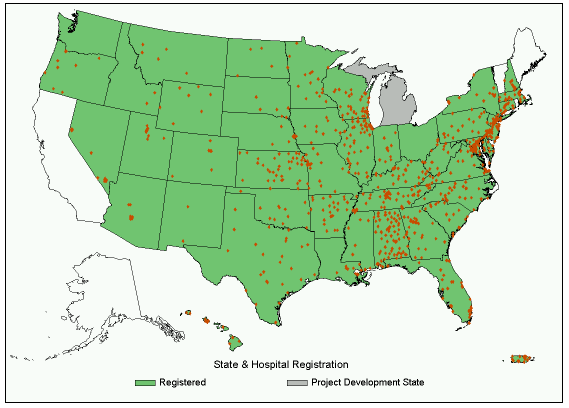
Hospital Characteristics
In order to be included in the examination of hospital characteristics, registered hospitals had to have completed the 2010 American Hospital Association (AHA) Annual Survey, and hospitals had to respond to variables of interest. A total of 934 hospitals could be matched to their AHA Annual Survey results (86 percent). Among hospitals matched, the average total bed size was 254 (±229) with the majority classified as having between 0-100 beds (27 percent) followed by 101-175 (20 percent) and greater than 400 beds (19 percent). The majority of registered hospitals were non-government, not-for-profit (57 percent). Furthermore, the vast majority of hospitals identified as general medical and surgical hospitals. Approximately 39 percent of registered hospitals were classified as teaching hospitals, and only 28 percent of hospitals were considered rural by AHA Annual Survey definitions. Finally, approximately 18 percent of registered hospitals were located in one of the 100 largest cities in the United States, and 21 percent of registrants were classified as being critical access hospitals.
Unit Characteristics
The majority of registered units were adult ICUs although some adult non-ICUs and pediatric units did participate (Figure 2). A total of 237 units formally withdrew from the initiative (101 ICU, 130 Non-ICU, 6 pediatric). A statistically significant larger proportion of non-ICUs withdrew from the project than ICUs or pediatric units (p<0.001). One possible explanation for this finding is that the initiative was geared towards the ICU setting. Further breakdown of unit type composition can be found in Figure 3 through Figure 5.
Figure 2. Percent of registered unit by unit type
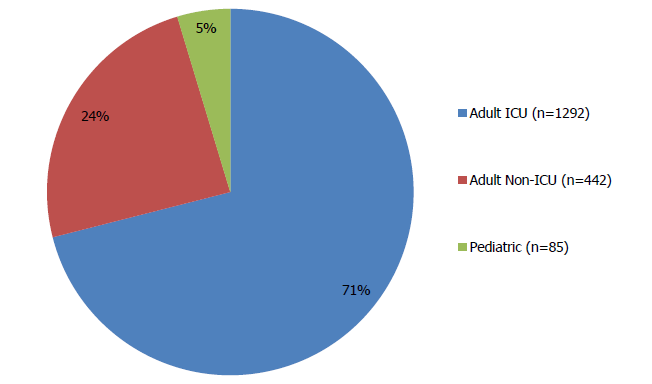
Figure 3. Types of registered adult ICUs
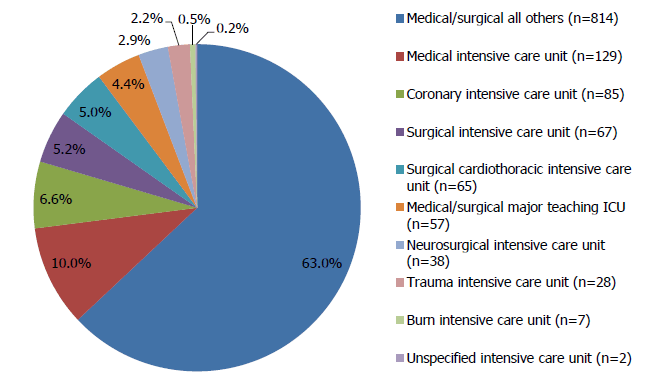
Figure 4. Types of registered adult non-ICUs
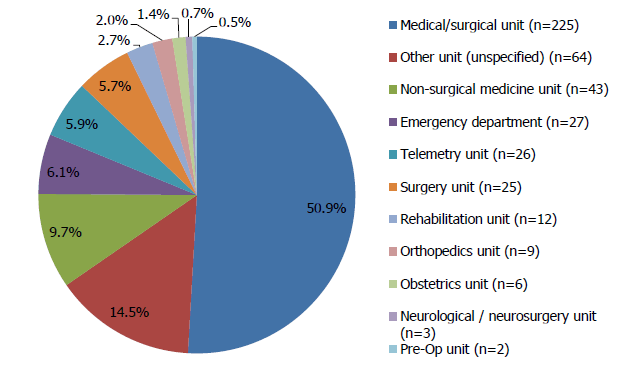
Figure 5. Types of registered pediatric units
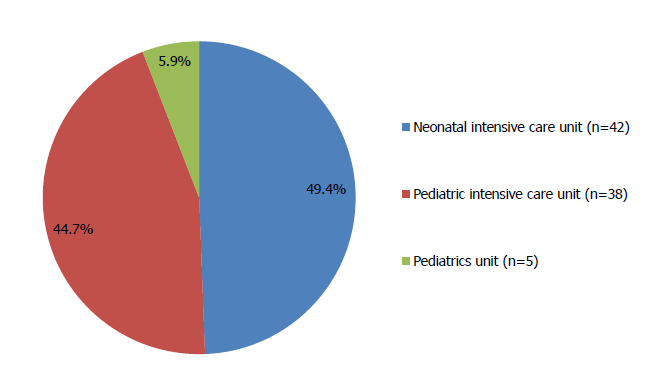
Data Submission
Participating units were requested to submit 12 consecutive months of baseline CLABSI data prior to their cohort start date and 18 consecutive months post-baseline for a total of 30 data points. On average, units submitted 76 percent of the CLABSI data requested. Submission rates were higher in the post-baseline period (84 percent) than in the baseline period (65 percent). Variability was found when assessing data submission rates by unit classification with adult ICUs and pediatric units having statistically significantly greater data submission (80 percent and 78 percent respectively) than adult non-ICUs (59 percent; p<0.05).
Project Penetration
A total of 935 hospitals participating self-identified as having an ICU (data obtained from project registration, not AHA Annual Survey). This represents approximately 29 percent of hospitals with ICUs in the country (approximately 3,200 hospitals with ICUs nationally based on the 2010 AHA Annual Survey). For additional hospital characteristics, hospitals were next directly linked to their 2010 AHA Annual Survey (86 percent match) and these characteristics as a proportion of U.S. hospitals can be found in Figure 6 and Figure 7.
Figure 6. Percentage of U.S. Hospitals registered by characteristic*†
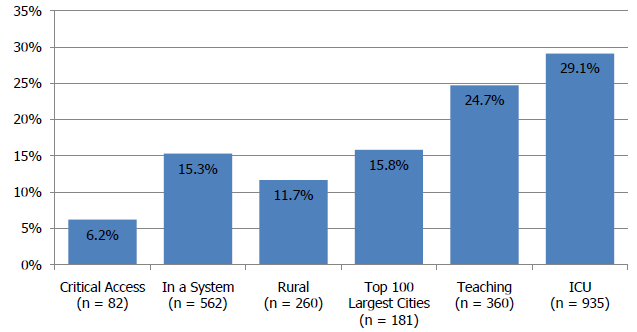
* Hospitals can have characteristics that are not mutually exclusive. For example, a hospital can be identified as both rural and critical access.
† Prior interim reports presented hospital characteristics of only hospitals with adult ICUs in the nation. As such, percentages differ from previous reports.
Figure 7. Percentage of U.S. Hospitals registered by characteristic*†
* Total hospital bed size was unknown for seven registered hospitals.
† Prior interim reports presented hospital bed size of only hospitals with adult ICUs in the nation. As such, percentages differ from previous reports.
In 2010, hospitals reported having over 81,300 total ICU beds. Participating CUSP hospitals represented approximately 34,400 ICU beds. As such, over 42 percent of U.S. ICU beds were potentially impacted by the CUSP project. Further, there were approximately 28 million hospital admissions in 2010 with slightly over 10 million occurring in hospitals where the CUSP intervention was implemented. Although the majority of units participating were ICUs, and not all admissions will be treated on a floor where CUSP was implemented, approximately 36 percent of hospital admissions were potentially affected by the project.
1. Pronovost P, Needham D, Berenholtz S, et al. An intervention to decrease catheter-related bloodstream infections in the ICU. N Engl J Med 2006 Dec 28;355(26):2725–32.
2. Pronovost P, Goeschel CA, Colantuoni E, et al. Sustaining reductions in catheter-related bloodstream infections in Michigan intensive care units: an observational study. BMJ 2010 Feb 4;340:c309.




